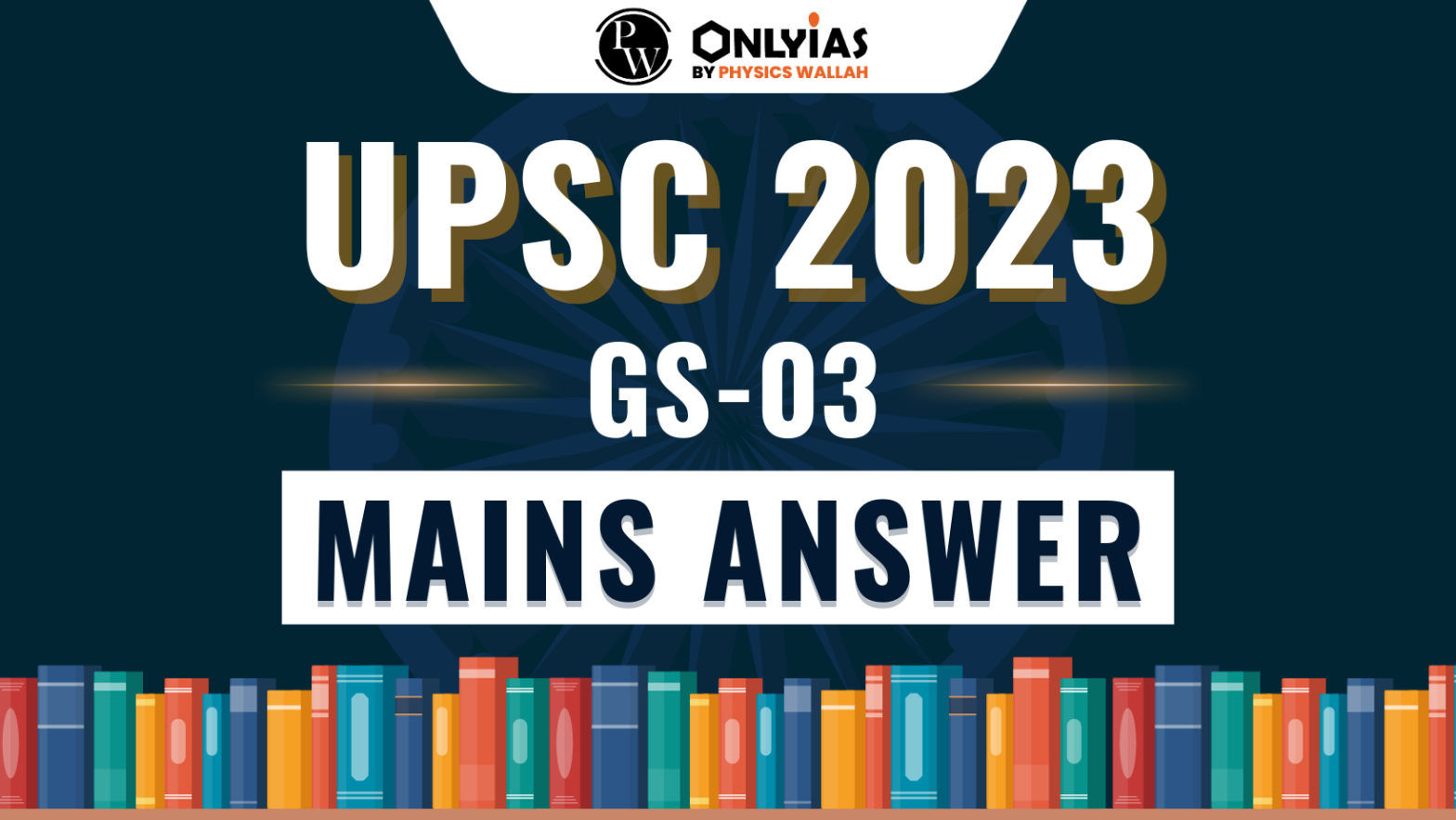![]() Gaurav Soni
Gaurav Soni
![]() September 30, 2023 04:53
September 30, 2023 04:53
![]() 4480
4480
![]() 0
0

Q20. Give out the major sources of terror funding in India and the efforts being made to curtail these sources. In the light of this, also discuss the aim and objective of the ‘No Money for Terror (NMFT)’ Conference recently held at New Delhi in November 2022.
| How to approach the question
Introduction ● Write about terror funding in India briefly. Body ● Write the major sources of terror funding in India. ● Write the efforts being made to curtail these sources ● Write the aim and objective of the ‘No Money for Terror (NMFT)’ Conference recently held at New Delhi. Conclusion ● Give appropriate conclusion in this regard |
Introduction
Terror funding in India is a serious threat to national security. It involves both domestic and foreign sources of money, which are used to support terrorist activities and organisations using various formal and informal channels, such as hawala, NGOs, fake currency, etc., to transfer funds. Recently, ED arrested 5 people in Kerala for hawala dealings worth ₹300 crore possibly being used for Terror financing. Also 105 cases related to terror funding were registered, 94 charge sheets were filed against 876 accused, 796 accused have been arrested, out of which 100 accused have also been convicted by NIA
Body
Major Sources of Terror Funding in India
Efforts to Curtail These Sources:
The ‘No Money for Terror (NMFT)’ Conference is a global initiative to combat the financing of terrorism. It was launched in 2018 by France, followed by Australia in 2019. India hosted the third edition of the conference on 18-19 November 2022, with the participation of 78 countries, including 20 ministers.
Aim of the ‘No Money for Terror (NMFT)’ Conference
Objectives of the ‘No Money for Terror (NMFT)’ Conference
Conclusion
Combating terror financing is not just a national but a global imperative. Initiatives like the ‘No Money for Terror’ conference are a step in the right direction. By pooling resources and knowledge at both the national and international levels, it is possible to strangle the financial lifelines of terrorist organizations and make the world a safer place.
| For a Detailed explanation of the UPSC GS-01 Mains question 2023, click here.
For a Detailed explanation of the UPSC GS-02 Mains question 2023, click here. For a Detailed explanation of the UPSC GS-03 Mains question 2023, click here. For a Detailed explanation of the UPSC GS-04 Mains question 2023, click here. |
<div class="new-fform">
</div>

Latest Comments